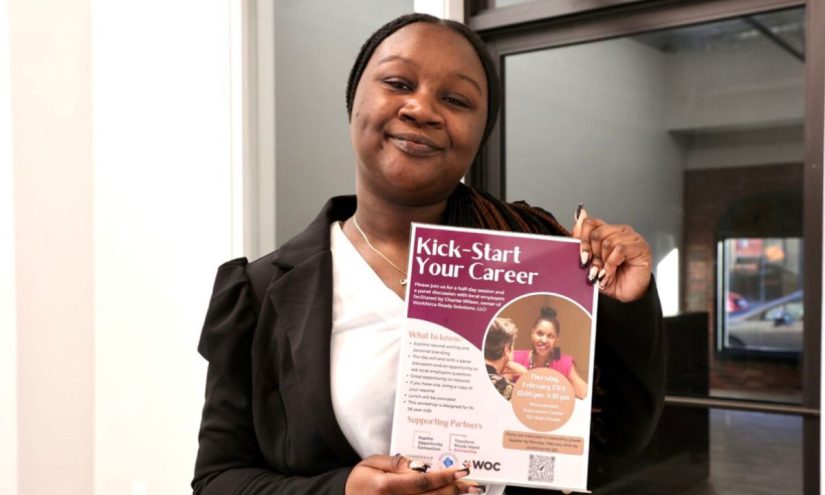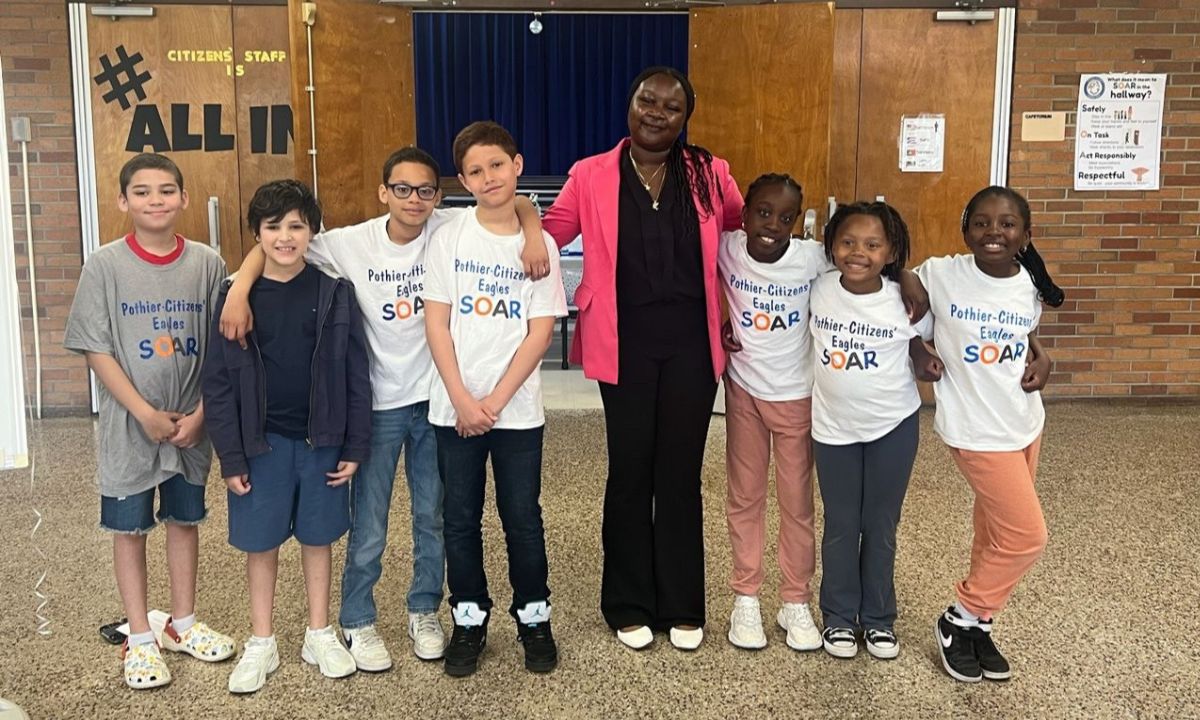Key points:
Forty-some years ago, students sat in straight rows with books, papers, and pencils neatly lined up on their desks. But beginning in the 1990s, educators faced very different classrooms as computers found their way into schools.
For most teachers, it felt daunting to figure out how to integrate new tools into curriculum requirements–and how to find the time to make it happen. To help this digital transformation then, I joined the South Dakota Department of Education to lead summer immersion teacher training on technology integration, traveling the state to help schools understand how to use new tools like video systems. I was one of many who helped educators overcome that initial learning curve–and now tools like computers are an integral part of the education system.
Let’s face it: The advent of new technologies can be overwhelming. Adjusting to them takes time. Now, with the coming of age of AI, teachers, administrators, students, and parents have endless questions and ideas on how it might positively or negatively influence education. I’ve seen it in my current role, in which I continue to empower educators and states to use modern technology to support student learning. And while concerns about AI are valid, there are many positive potential outcomes. For educators in particular, AI can be a huge value-add, automating certain administrative tasks, helping understand and predict student success and struggles, and even helping tailor instruction for individual students.
The upside is huge. As schools embark on their AI journeys, it’s important to remember that we’ve been here before–from the introduction of the internet in classrooms to the abrupt shift to e-learning at the outset of COVID-19. Superintendents, boards of education, and other education leaders can draw on important lessons from prior technological transformations to fully take advantage of this one.
Here are some rules of the road for navigating the integration of disruptive technologies:
1. Choose the right tools. The AI tool(s) you choose can have varying results. School districts should prioritize proven technologies with a track record in education. For students, this includes adaptive learning platforms or virtual tutors. Some of the best tools are those that are specifically designed by and for educators to expedite administrative tasks such as grading and lesson planning. Even more valuable is the ability to support education-specific issues such as identifying struggling students with early warning systems and using AI to provide projections for student futures.
2. Training is everything. With proper training, AI can be less intimidating. We don’t expect students to understand a new concept by reading a few paragraphs in a textbook, and we shouldn’t expect teachers to figure out how to best use AI on their own. President Trump’s recent executive order prioritizes the use of AI in discretionary grant programs for teacher training, which is an important step in the right direction.
3. Engage parents. Moms and dads may be concerned if they hear–without a deeper explanation–that a school board is rolling out an AI tool to help with teaching or administrative tasks in their children’s education. Keep an open line of communication with the guardians of students about how and why AI is being used. Point parents to resources to help them improve their own AI literacy. To a reasonable degree, invite feedback. This two-way communication helps build trust, allay fears and clarify any misconceptions, to the benefit of everyone involved, including, most importantly, the students.
4. Humans must be involved. The stakes are high. AI is not perfect. Administrators must ensure they and the educators using AI tools are double checking the work. In the parlance of responsible AI, this is known as having a “human in the loop,” and it’s especially important when the outcomes involve children’s futures. This important backstop instills confidence in the parents, students and educators.
5. Regularly evaluate if the tools are living up to expectations. The point of integrating AI into teachers’ and administrators’ workstreams is to lighten their load so they can spend more time and energy on students. Over time, AI models can decay and bias can be introduced, reducing the effectiveness of AI outputs. So, regular monitoring and evaluating is important. Educators and administrators should regularly check in to determine if the integration of AI is supporting their goals.
6. The learning curve may create more work at first–but the payoff is exponential. Early adoption is important. I worked with school districts that pushed off integrating digital technologies–ultimately, it put the educators behind their peers. AI can make a difference in educators’ lives by freeing them up from administrative burdens to focus on what really matters–the students.
This is the start of a journey–one that I believe is truly exciting! It’s not the first nor the last time educators adopt new technologies. Don’t let AI overwhelm or distract you from tried-and-true integration techniques. Yes, the technology is different–but educators are always adapting, and it will be the same with AI, to the benefit of educators and students.












